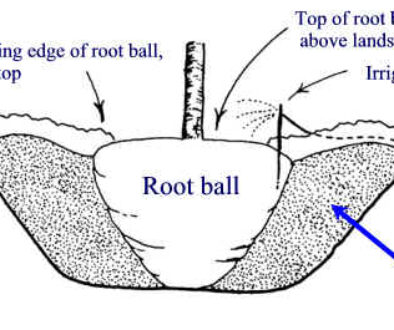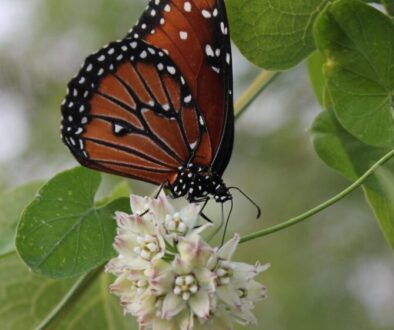Frost Damage
This year we have seen several nights that have endured freezing temperatures in various parts of the valley. Many communities that have been affected show brown and yellow plants throughout the property, giving the landscape a less than desirable appearance. Before bringing in your landscaping crews to start trimming back the dead branches, hold off as the frost season is still upon us.
This year we have seen several nights that have endured freezing temperatures in various parts of the valley. Many communities that have been affected show brown and yellow plants throughout the property, giving the landscape a less than desirable appearance. Before bringing in your landscaping crews to start trimming back the dead branches, hold off as the frost season is still upon us.
In the Phoenix Metropolitan area, the frost season has been estimated to last from November through March, depending on where you live in the Valley. The outer east side and surrounding areas have been known to last even into April (it sounds hard to imagine, but remember that we are dealing with estimates). Below are a few tips to get you through the remainder of the frost season in your Arizona community:
- Resist the urge to prune the dead, brown parts of your plants until the frost season is over. While even though the appearance of your plants is unsightly, unless the plant is completely dead it will need those brown parts for continued insulation before it begins to sprout again in the spring.
- Drape sheets, blankets, or towels over your frost susceptible plants when nights are expected to be in the lower temperatures. Be sure to hang the sheet so that it covers the whole plant all the way to the ground, without tying it to the base. The loose blanket will help to trap the heat all the way around the plant and give it a stronger chance of survival while maintaining the greenness of the plant longer.
- Don’t stop watering. While this may seem like an odd statement, it is, in fact, healthier for the plant to receive continued watering during the frost season. Frost damage occurs when the ice crystals formed on the leaves of the plant dry out causing dehydration. Damage from this dehydration will be less severe if the plant is not already drought-stressed. Try to keep everything evenly hydrated, without over-watering, as that can be even more harmful depending on the plant species.

Recovery
Optimal pruning methods recommend waiting until new sprouts on the plant have become visible and the threat of frost season has passed. Only prune your community’s plants and trees after new growth has begun. This way you are better able to see where to cut your limbs so as not to remove healthy, stimulated branches. Some of the plants on your property including lantanas, ruellias, baha ruellias, oleanders, orange jubilee, bougainvillea, and yellow dots are all prone to frost damage, among others, and will be not be pruned until mid-February or at the last chance of frost.
The University of Arizona has provided a more extensive version of Frost Protection methods that is worth referencing as a guide during this season and can be found HERE.










